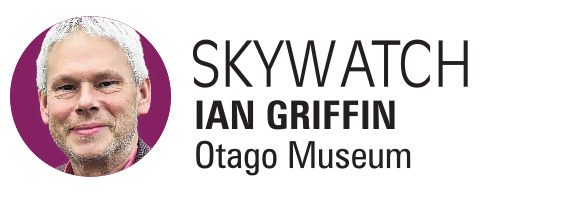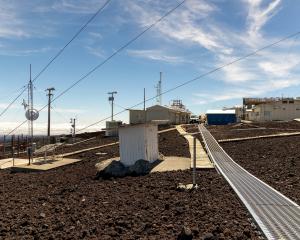
This means the most picturesque planet in the solar system will be directly opposite the sun in the sky. It rises in the east as the sun sets, and sets in the west at sunrise. The next few weeks are prime-time for viewing Saturn because it is at its brightest and closest to Earth. Close is, of course, a relative term. In this case, the distance between our home planet and Saturn is 1.3billion kilometres! Put another way, travelling at the speed of light, a radio signal from a spacecraft orbiting Saturn would take 73 minutes to reach us.

Saturn is moving through the constellation Capricornus. According to Greek legend, Capricornus represents Pan, the god of the countryside. Pan had the horns and forelegs of a goat but his lower body was transformed into a fish-like tail. Despite rich mythology, this part of the sky is devoid of bright stars. Only Fomalhaut in Piscis Austrinus (the southern fish) and Alnair in the constellation Grus (the Crane) come anywhere close to the same brightness as Saturn.
Saturn’s brilliance and distinctly yellow/white hue, therefore, make it easy to pick out against the dim starry backdrop. If you have a telescope, it is well worth using it to look at Saturn.
If you do not have a telescope, consider visiting the Dunedin Astronomical Society’s Beverly-Begg Observatory in Robin Hood Park. The observatory is open from 7-9pm on Sunday nights and for just $5 (free for children under 5) you can use one of its high-quality telescopes to see the planets for yourself.












